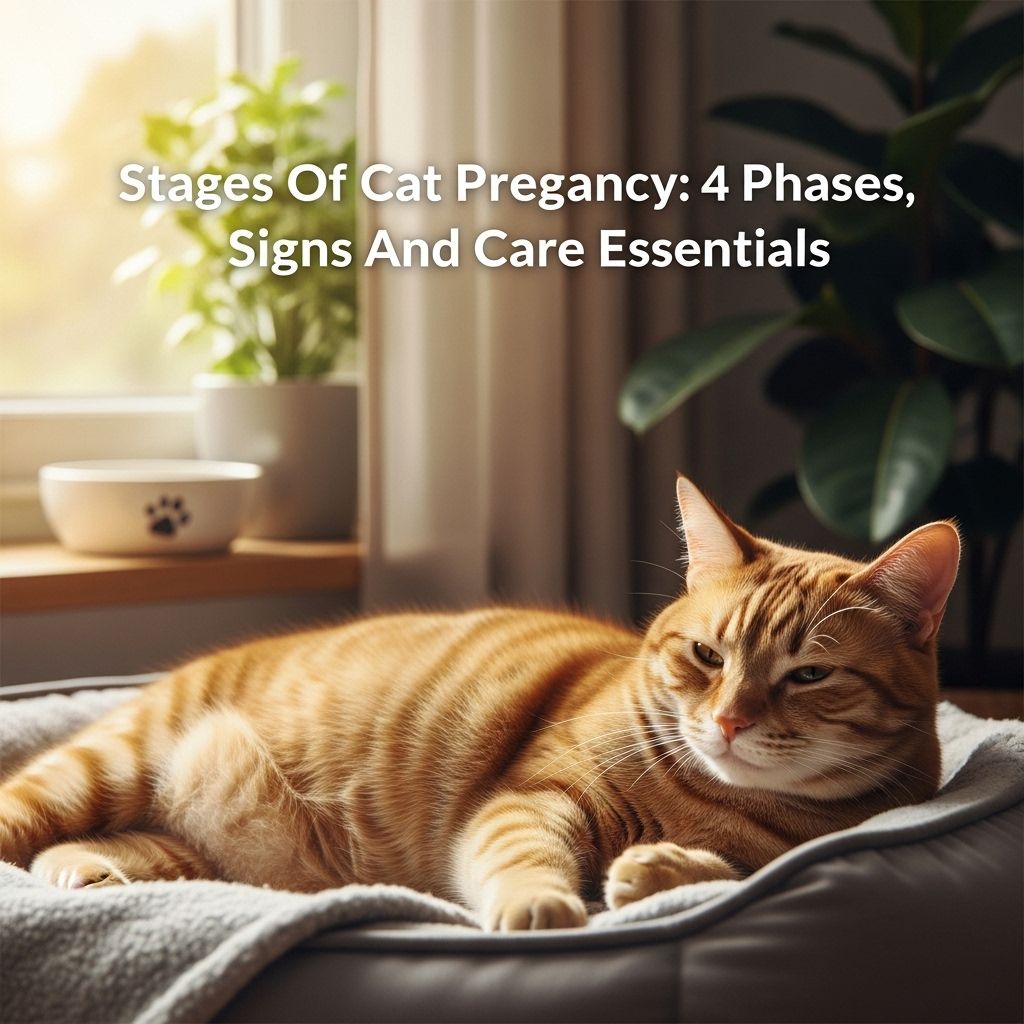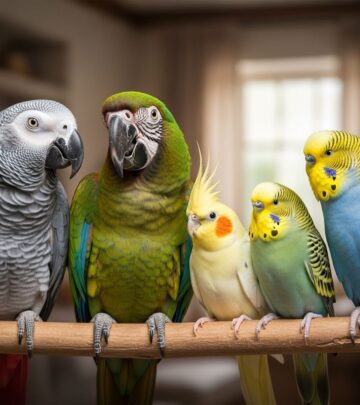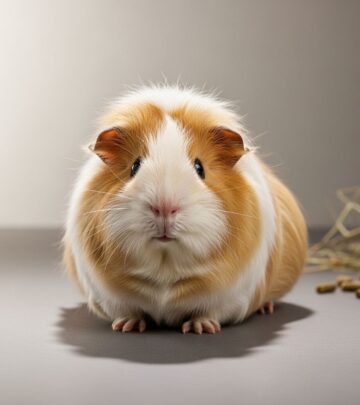Stages Of Cat Pregnancy: 4 Phases, Signs And Care Essentials
Discover everything about cat pregnancy, from early signs and stages to care tips, preparing for kittens, and post-birth support.

Image: HearthJunction Design Team
Cat Pregnancy: Stages, Signs, and Essential Care Guide
Cat pregnancy is a unique and fascinating process that every responsible cat owner should understand. Whether you are intentionally breeding your cat or dealing with an unexpected pregnancy, knowing the signs, stages, and proper care requirements will help ensure the wellbeing of both the queen (female cat) and her kittens. This comprehensive guide explores the timeline, physical changes, care tips, and what to expect at every stage of feline pregnancy.
Understanding Feline Reproduction
What Is Cat Pregnancy?
Cat pregnancy, also known as gestation, refers to the period from the successful fertilization of eggs in the female cat to the birth of kittens. During this period, the queen undergoes significant physical and behavioral changes to support the development of her offspring.
Key Terms
- Queen: A female cat, especially one that is pregnant or nursing.
- Tom: A male cat, particularly a breeding male.
- Litter: The group of kittens born from a single pregnancy.
- Estrus: The phase in a female cat’s reproductive cycle when she is receptive to mating—commonly known as being “in heat.”
How Long Are Cats Pregnant?
On average, cat pregnancy lasts between 63 to 65 days (about 9 weeks), but the range can be slightly broader—from 60 to 70 days in some cases. The exact duration can vary depending on the cat’s age, breed, and overall health.
Feline Pregnancy Timeline
- First Trimester: Days 1–21
- Second Trimester: Days 22–42
- Third Trimester: Days 43–63
Stages of Cat Pregnancy
1. Initial Stage – Fertilization (Days 1–10)
Fertilization occurs when a queen in heat mates with a tom. Cats are induced ovulators, so ovulation only happens after mating. During estrus, a queen can mate with multiple toms—resulting in a litter with more than one father, which increases genetic diversity.
- Female emits pheromones to signal readiness to mate.
- Mating is swift; the tom typically holds the queen by the neck.
- Each mating can result in fertilized eggs developing into embryos.
2. Early Pregnancy – First Trimester (Days 1–21)
In the first three weeks, visible symptoms are rare. The queen may show subtle changes, such as increased appetite and slightly pinker nipples. However, these changes often go unnoticed.
- Embryos implant in the uterus.
- Behavioral changes are usually minimal.
- Possible mild increase in appetite and gentle demeanor.
3. Middle Stage – Second Trimester (Days 22–42)
This stage brings more noticeable physical and behavioral changes. Around the third week, the queen’s nipples become enlarged and pink (a process called “pinking up”). Her abdomen may start to swell, and she might become calmer, more affectionate, or seek extra attention.
- Pronounced belly enlargement begins.
- Nipples change color (turning pink).
- Behavioral changes—often more docile and affectionate.
- Increased appetite.
4. Late Pregnancy – Third Trimester (Days 43–63)
The queen’s abdomen will be noticeably swollen as kittens grow rapidly in size and weight. She may start nesting behaviors, such as seeking a quiet, warm place to give birth. Appetite peaks, and she may lick her abdomen or vulva more frequently.
- Belly swells significantly.
- Appetite remains high or becomes voracious.
- Clear nesting instincts—searching for secluded spots.
- More restlessness as labor approaches.
- Nipples may secrete a small amount of milk.
- About 24 hours before labor, her temperature may drop by 1–2°F (to below 100°F).
How to Tell if Your Cat Is Pregnant
It can be tricky to identify pregnancy in cats, especially early on. Typical signs include behavioral changes, weight gain, enlarged and pink nipples, and, eventually, a distended belly. Veterinary confirmation is often required for certainty.
Physical and Behavioral Signs
- Pinking up of nipples (usually around three weeks).
- Weight gain (often gradual, more pronounced later in pregnancy).
- Enlarged, rounded abdomen.
- Marked increase in appetite.
- Affectionate, calm, or sometimes withdrawn behavior.
- Reduced activity or lethargy in some cases.
Veterinary Diagnosis
- Palpation: A veterinarian can often feel developing fetuses after about 17–25 days.
- Ultrasound: Fetal heartbeats are visible at 3–4 weeks (21–28 days).
- X-ray: Kitten skeletons can be seen after 6 weeks, when bones calcify.
Veterinary evaluation is important to rule out “pseudopregnancy” (false pregnancy), where a cat shows pregnancy signs but is not actually carrying kittens.
Care Tips for a Pregnant Cat
Nutrition
- Feed a high-quality, protein-rich diet, ideally kitten food for extra nutrients.
- Monitor appetite and adjust portion sizes as her pregnancy progresses.
- Encourage regular, small meals to prevent discomfort from a distended abdomen.
Health and Veterinary Care
- Schedule a health check to confirm pregnancy and discuss deworming or vaccinations.
- Avoid flea and parasite treatments unless approved by a vet.
- Do not give over-the-counter medications during pregnancy.
- Monitor for signs of distress, infection, or complications.
Home Environment
- Provide a clean, warm, quiet space for nesting.
- Avoid unnecessary stress or handling, especially in late pregnancy.
- Keep her mostly indoors to prevent risks from other animals or environmental hazards.
Approaching Labor: What to Expect
Preparing for Birth (Queening)
- Offer a cardboard box or enclosed bed lined with soft, absorbent towels or blankets.
- Place the nest in a quiet location, away from household noise and activity.
- Some cats may resist the nest provided; allow her to choose a comfortable space.
Signs of Impending Labor
- Loss of appetite about 24 hours before labor begins.
- Restlessness, pacing, and frequent visits to the nesting area.
- Licking or grooming of the vulva and abdomen.
- Drop in body temperature within 24 hours of delivery.
Stages of Labor
- Stage One: Uterine contractions begin. The queen may appear restless, pant, or vocalize. This stage may last several hours.
- Stage Two: Active labor begins. Each kitten is delivered with its own placenta. Timing between kittens is usually 10–60 minutes.
- Stage Three: Delivery of placentas. The queen often eats the placenta, which is normal and provides nutrients.
Most cats deliver a litter within 4–6 hours, but larger litters may take up to 24 hours. If your cat strains for more than two hours without producing a kitten, contact your vet immediately.
After Birth: Caring for the Mother and Kittens
Postnatal Care for the Mother (Queen)
- Ensure a quiet, clean space for recovery.
- Continue feeding high-quality food to support milk production.
- Monitor for signs of infection, fever, poor appetite, or neglecting kittens.
- Minimize handling of both queen and kittens for the first few days.
Kitten Care Essentials
- Kittens should nurse within an hour of birth; colostrum in the first milk is vital for immunity.
- Healthy kittens sleep most of the time and gain weight steadily.
- Weigh kittens daily to monitor growth.
- If any kitten appears weak, cold, or fails to suckle, consult a vet urgently.
When to Call the Vet
- Prolonged labor or inability to deliver kittens.
- Abnormal discharge (foul-smelling, green/black pus-like).
- Queen neglects kittens or shows signs of distress, lethargy, or fever.
- Kittens not feeding, weak, cold, or crying excessively.
Preventing Unplanned Litters
Spaying is the most effective way to prevent unexpected pregnancies in female cats. Kittens can be neutered or spayed from as early as four months old, before their first heat cycle. This proactive approach helps prevent overpopulation and ensures a healthier, happier cat population.
Frequently Asked Questions (FAQs)
How many kittens do cats usually have in a litter?
Most litters consist of 3–6 kittens, though numbers can range from 1 to 10 or more, depending on the queen’s age and breed.
Can I tell how far along my cat is without going to the vet?
Some physical signs and behavioral changes can give you clues, but confirming the exact stage of pregnancy usually requires a veterinary exam, ultrasound, or X-ray.
How can I make my pregnant cat more comfortable?
Provide a quiet, stress-free environment, a spacious nesting box, and high-quality food. Limit handling and keep other pets and children away from her nesting area as labor approaches.
Is it safe to worm or vaccinate my cat while she’s pregnant?
Some treatments may be safe, but always consult your vet before giving medications during pregnancy. Many routine treatments are best administered before or after pregnancy.
How will I know if something goes wrong during my cat’s pregnancy or labor?
Signs like persistent straining, abnormal discharge, prolonged labor, fever, or loss of appetite warrant immediate veterinary attention. When in doubt, call your vet immediately.
Summary Table: Key Phases and Signs of Cat Pregnancy
| Stage | Days | Key Signs & Events |
|---|---|---|
| Fertilization | 1–10 | Mating, ovulation, eggs fertilized, no visible changes |
| First Trimester | 1–21 | Slight appetite change, subtle behavioral shifts, little visible evidence |
| Second Trimester | 22–42 | Nipples pinken, belly enlarges, increased appetite, more affectionate |
| Third Trimester | 43–63 | Belly swells, nesting behavior, voracious appetite, restlessness near labor |
| Labor/Queening | Varies | Nesting, drop in temperature, delivery of kittens and placentas |
| Postnatal | Birth onward | Mother cares for kittens, increased nutritional needs, monitor health |
Conclusion
Understanding the signs and stages of cat pregnancy, and providing the appropriate care, allows your cat to have a safe and healthy experience for both herself and her kittens. Always consult your veterinarian at every stage, from pregnancy confirmation to labor and postnatal care, to ensure the best outcomes for all.
References
- https://www.petmd.com/cat/conditions/reproductive/cat-pregnancy-and-kittens-complete-guide
- https://lakecityanimalhospital.com/blog/how-long-are-cats-pregnant/
- https://parliamentanimalhospital.ca/how-long-are-cats-pregnant-and-what-are-the-stages/
- https://www.petdoctorsofamerica.com/site/blog/2023/11/15/cat-pregnancy
- https://www.chewy.com/education/cat/health-and-wellness/cat-pregnancy
Read full bio of Srija Burman












